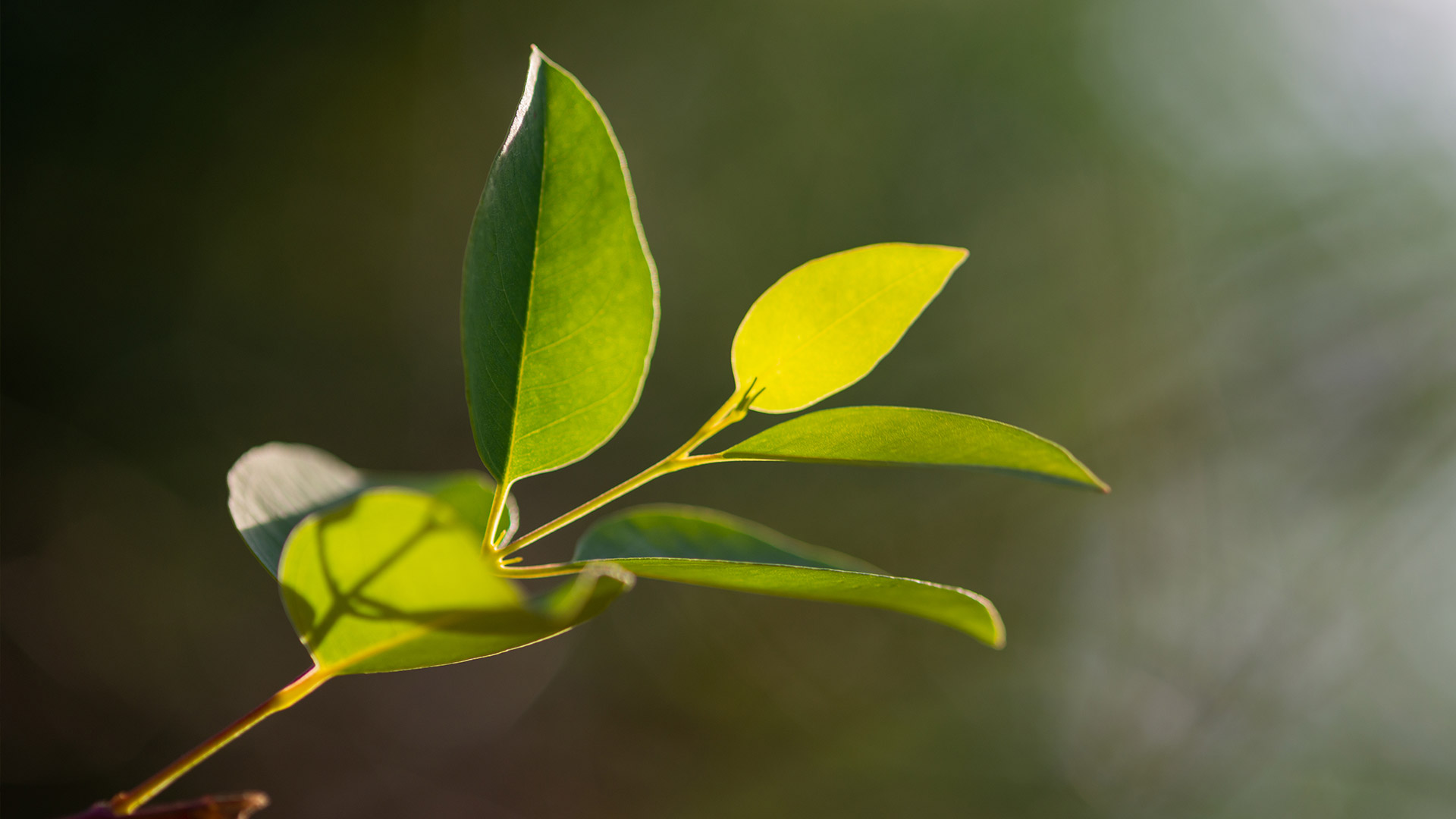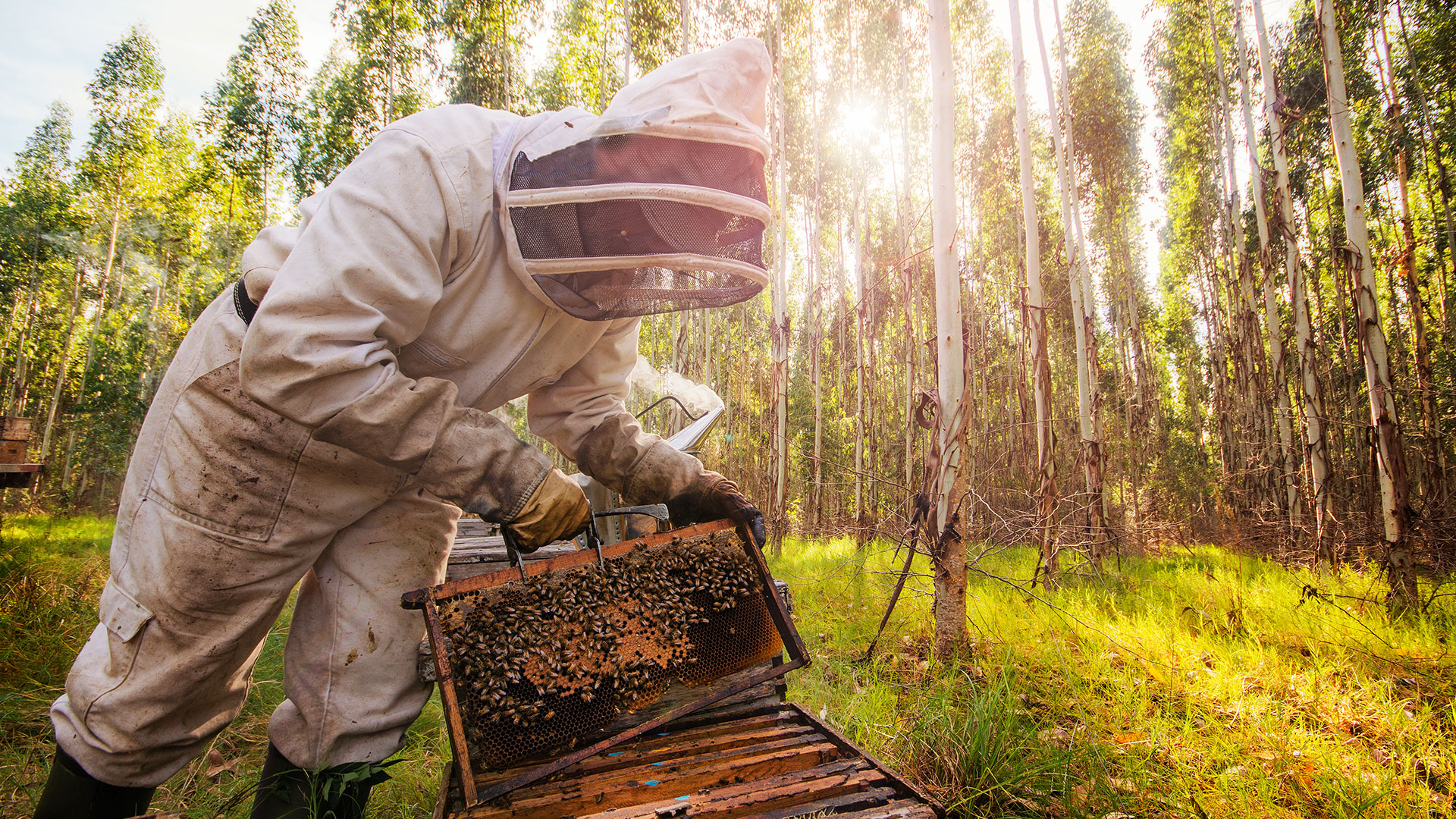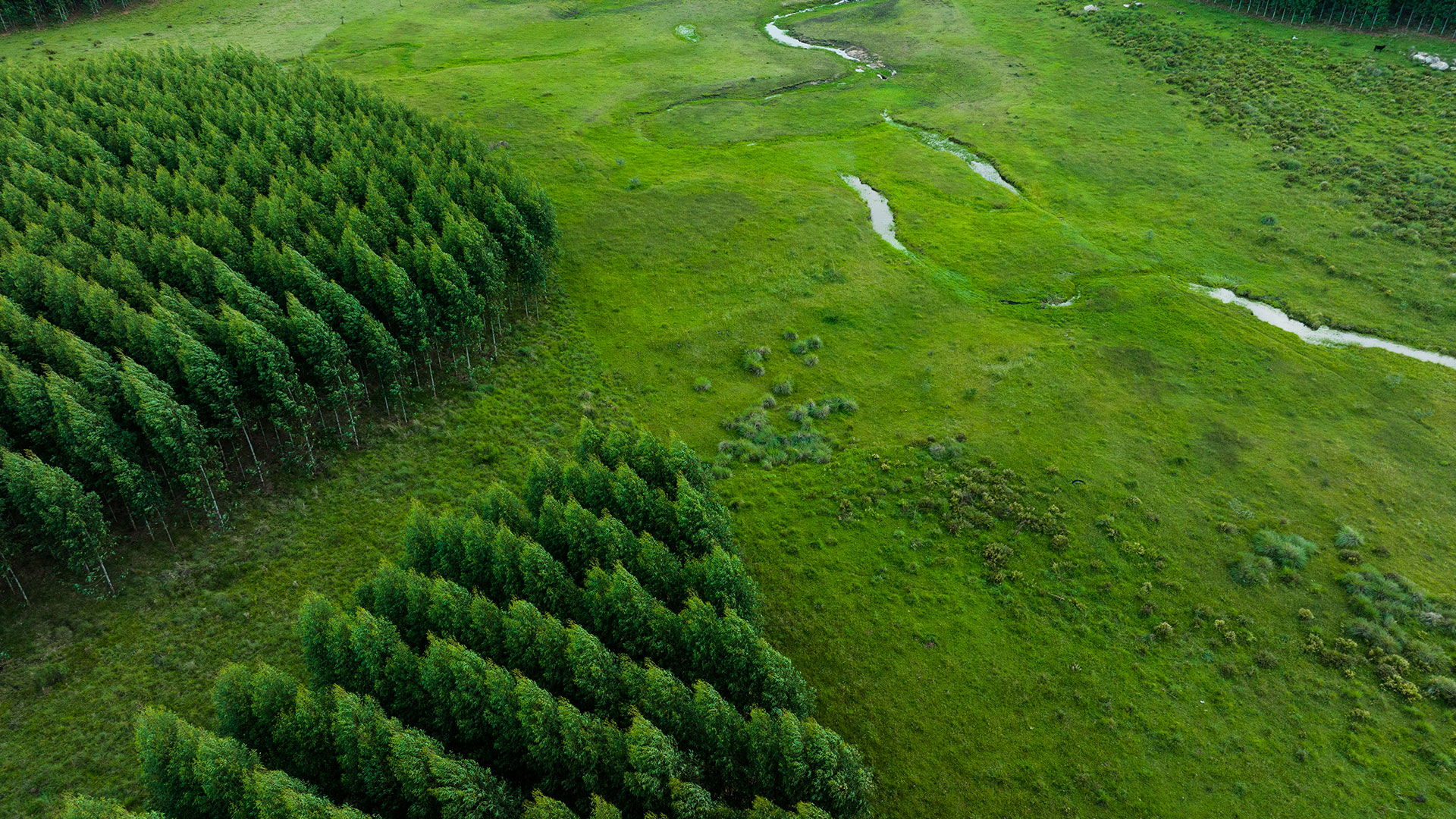The global demand for pulp has increased and is expected to reach new heights in the coming years. The global megatrends driving the development are population growth, urbanisation, and changes in consumer behaviour.
The size of the middle class is growing in rising economies like China and developing countries in Asia. This boosts the consumption of consumer goods such as tissue products and packaging. On the other hand, the fight against climate change has escalated the need to find renewable and recyclable materials to replace fossils.
Uruguay, a relatively small South American country with a population of 3.5 million, was previously known as a major beef exporter. However, since 2018 pulp has reached the same level as the country’s main export product.
UPM’s first pulp mill, Fray Bentos, has been in operation since 2007. Located on the banks of the Uruguay River, it produces 1.3 million tonnes of pulp annually. The second mill, Paso de los Toros, started operations in April 2023. Together the two mills produce 3.4 million tonnes of eucalyptus pulp a year.
Álvaro Fitipaldo is the Director of UPM Forestry Operations in Uruguay. He has worked in the forest industry throughout his career and at UPM since 2004. The UPM pulp mills consume eucalyptus wood supplied from sustainably managed local forest plantations. As UPM’s pulp production multiplies, what does this mean for the sustainable management of eucalyptus plantations?
“It is a challenge for sure, but we have been preparing for this for the past few years. A lot of new technology has been implemented, and processes have been digitalised. We have developed the standards for all our activities and have a professional and committed team to ensure sustainable operation,” Fitipaldo says.

Optimal conditions
Forestry in Uruguay is a relatively young sector. It began with the ratification of the National Forestry Act in 1987. The law allowed the establishment of the first eucalyptus and pine tree plantations, and today around 6% of the territory of Uruguay consists of forest plantations. UPM has been developing eucalyptus plantations in the country since the early 1990s.
UPM manages a total of over 500,000 hectares of its own and leased land in the west and northeast of Uruguay. Of this vast area, 60% is used for eucalyptus plantations. The rest is left unplanted and consists of grasslands used for cattle grazing as well as protected areas, and infrastructure. The practices of sustainable forestry management have been finetuned during the past three decades, and today sustainability is given due consideration during the whole growth cycle of the eucalyptus tree.
Eucalyptus has naturally good growth conditions in Uruguay. The country has a mild climate with temperatures around 12-25°C and very little variation between seasons. The rainfall remains stable between 1,200 to 1,500 mm per year, and there is no dry season. The native forests, which represent about 5% of Uruguay, are all protected by the Forest Law. The primary vegetation type is pampa or grassy plains, and there are no rainforests.
Although the conditions are naturally good, to ensure efficient production UPM has done a lot of research to improve the eucalyptus species, Fitipaldo says.
“Our sustainability work starts even before we sow the seedlings. Genetic selection has allowed us to increase productivity along the years. Choosing the best Eucalyptus grandis and Eucalyptus dunnii species means faster growth and healthier trees.”
However, maintaining the genetic diversity in the plantations is essential, Fitipaldo emphasises. This is part of sustainable forest management and also risk control. Due to climate change, even Uruguay is not immune to the possibility of extreme conditions. Healthy and strong trees are better protected from risks such as frost or strong winds.

Sustainable cycle
UPM has three tree nurseries in Uruguay, where it grows all the seedlings destined to grow in the plantations. Over 40 million eucalyptus seedlings will be grown each year in UPM’s tree nurseries, the newest of which started opearitions in 2022. The tree nurseries employ people from nearby rural communities and the majority of them are women.
The growth cycle of a eucalyptus tree is relatively short – from 10 to 12 years. During this time, agrochemicals and fertilisers are only used during the first year. The impact on local water reserves has also been well researched. The eucalyptus tree is very efficient in using water and does not use groundwater. Apart from nursery activities, eucalyptus plantations are not irrigated.
The planning of plantations is careful work. Plantations in Uruguay are subject to the local Forest Law and beyond that all UPM forest plantations in Uruguay have FSCTM (FSC-C020173) and PEFC (PEFC/36-22-002) certification. These certifications cover economic, environmental and social responsibility standards for sustainable forest management, and the process is audited every year. Fitipaldo says the most important thing is to have a clear vision of the future in terms of sustainability.
“We will plan for the whole cycle of the tree, from using recycled water in our nurseries down to details such as where the roads are most optimally located to minimise the impact of our activity. We follow UPM’s global biodiversity programme and work with local NGOs to protect the ecosystem.”
Eucalyptus trees act as important carbon sinks and are therefore one part of preventing the advance of climate change. Compared to the previous land use for cattle grazing, trees have much higher biomass and therefore act as more effective carbon storage. Although deforestation and erosion are problems affecting several South American countries, the number of tree plantations and natural forest in Uruguay has in fact grown.

Long term work
Around 40% of UPM’s land in Uruguay is not used for plantations. Apart from small areas needed for logistics, the rest is either in its original use as pastureland for cattle or conserved for natural habitat for local animals and birds.
No natural forest has been cleared for the UPM plantations. Valuable ecosystems, such as wetlands and grasslands, are protected. There are buffer areas around the plantations and conserved corridors for animals. These actions also help to maintain biodiversity in the area. The local people even use the plantations and buffer zones for beekeeping and mushroom picking.
Although Álvaro Fitipaldo now has responsibility for the big picture, he still enjoys staying as close to the operational side as possible. Sustainability means taking many steps along the way, and it is always important to see where things can be improved, he says.
“We have been developing the sustainability of our eucalyptus plantations since the beginning and it is a central part of our working culture.”
Text: Anna Gustafsson
Photos: UPM
